Yangtze water not a cure-all for Beijing's thirst
Updated: 2014-12-12 20:31
(Xinhua)
|
||||||||
BEIJING - Beijing is looking to water from the Yangtze River to ease its drought, but experts say the ambitious south-to-north water diversion project is not a cure-all for the capital's thirst.
The landmark middle route of the 500-billion-yuan (81-billion US-dollar) project started supplying water to Beijing Friday.
It will pump 9.5 billion cubic meters of water each year from the Danjiangkou reservoir in central China's Hubei Province to the northern provinces of Hebei and Henan as well as Beijing and Tianjin, benefiting some 100 million people.
About 1.05 billion cubic meters of water from the Hanjiang River, the Yangtze's largest tributary, will be running from Beijingers' taps each year through 1,400 km of pipelines and canals.
The flow of Yangtze water to Beijing is a decades-old dream dating back to Mao Zedong's days as leader.
EASING THE WATER CRISIS
The Yangtze water will make up a third of Beijing's total supply and will hopefully narrow the huge gap between its annual water demand and supply.
With Yangtze water piped in, Beijing will have 150 cubic meters per person, an increase of 50 percent, according to figures provided by the Beijing water authority.
It said the Chinese capital's per capita water volume is currently 100 cubic meters, only 1.25 percent of the world's average level.
Beijing needs at least 3.6 billion cubic meters of water a year to supply its 20 million residents and to keep local businesses running, but its own water supply was only 2.1 billion cubic meters annually in the past decade.
"So the city is facing a severe water crisis," said Xu Xinyi, a water conservancy specialist with Beijing Normal University. "It's like five people stuffed into a room designed for two."
The gap in Beijing's water supply is filled by ground water and water diverted from neighboring provinces.
As a result of over-exploitation, Beijing's underground water level has declined by 12.8 meters from 1998 levels. The chain reaction has included land subsidence and vegetation damage, said Zhang Tong, deputy president of Beijing Institute of Water.
"A strong gale this summer felled more than 5,000 trees," he said.
Pumping in Yangtze water is an effective way to ease Beijing's water crisis. "About half of the water Beijingers consume used to come from underground," said Zhang. "With Yangtze water diverted to Beijing, underground water will make up only 30 percent of total consumption."
This, he said, will ease the pressure on Beijing's environment and prevent underground water levels from dropping too fast.
"It's also an internationally accepted practice for solving water shortages in densely populated regions," said Zhang.
TO SAVE IS TO SURVIVE
Despite the increase in water supply, the water diversion project is by no means a final solution to ease Beijing's water shortage, said Sun Guosheng, chief of Beijing's office of the South-to-North Water Diversion Project, in an interview with Xinhua.
Sun said the government should use the price leverage to encourage all of society to save water. "To save is to survive," he said. "Individuals and businesses should all use the tap sparingly, and heavy fines should be levied for wasting water."
Sun hinted there might be a slight price rise after Yangtze water is diverted to Beijing, but did not reveal any detailed plan.
Beijing's latest water price hike was in May, when the city adopted a tiered pricing system for the first time.
Presently, the lowest tier price is 5 yuan per cubic meter for households with an annual consumption of less than 180 cubic meters, which covers 90 percent of all households.
Households with annual water consumption between 180 and 260 cubic meters are charged 7 yuan per cubic meter. The water price for annual consumption over 260 cubic meters is 9 yuan per cubic meter.
Meanwhile, 8.15 yuan is charged for each cubic meter of water in industrial consumption.
The price for major water consumers, such as purified water plants, car-washes and bath houses, is 160 yuan per cubic meter. The same price is applicable to golf courses and ski resorts.
"Easing the drought in Beijing and northern China in general requires the public to use water more efficiently," said Prof. Xu Xinyi.
"Most Beijing residents are totally unaware of the city's water shortages," said Xu. "It's important to raise public awareness of water conservation and promote water-saving household appliances."
Posters saying "Save water for future generations" and "The last drop of water on Earth will be a human tear" are often seen on TV, in restaurants and public toilets in major Chinese cities.
"We have to build a water-saving society. People's awareness is as important as the south-to-north water diversion project itself, " said Xu.
Beijing retiree Feng Faguang is hoping the arrival of Yangtze water will improve drinking water quality in his community in Beijing's southern district of Fengtai.
"The tap water tastes bad and we always buy bottled water," said Feng, 69.
As a native of Beijing, Feng remembers the days when the moat water was clean and drinkable, and a well was dug easily to fetch water. "Nowadays the moat is dirty with little water, and it's hard to dig a well."
"Yangtze water can also run dry," he warned. "So we must never waste water."
The massive south-to-north water transfer project has eastern, middle and western routes, transferring water to north China from the lower, middle and upper reaches of the Yangtze River.
The first phase of the eastern route started operations last year, transporting water to Shandong Province. Construction of the western route has not yet started.
- South-north water diversion project starts to supply water to Beijing
- Water diversion project quality monitoring begins
- South-to-North Water Diversion Project in 2010
- South-to-North Water Diversion Project in 2011
- South-to-North Water Diversion Project in 2009
- South-to-North Water Diversion Project in 2008

 Momo gains in Nasdaq debut, with Alibaba aid
Momo gains in Nasdaq debut, with Alibaba aid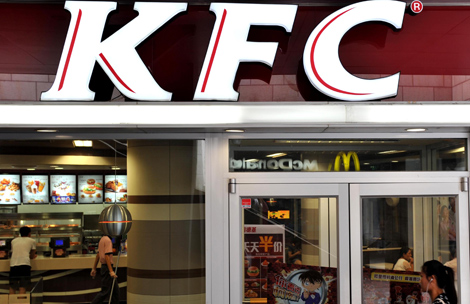
 Despite sales slump, fast food moves ahead in China
Despite sales slump, fast food moves ahead in China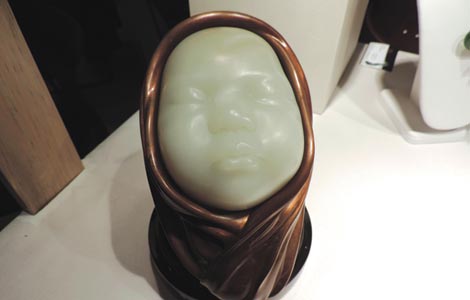
 Jade carvers, experts find a forum in Canada
Jade carvers, experts find a forum in Canada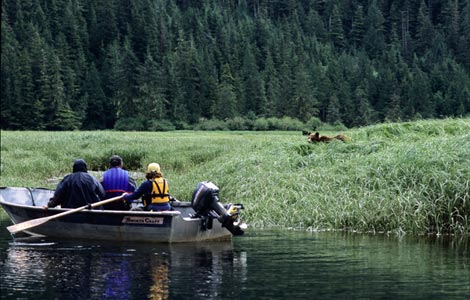
 BC promotes eco-tourism in China
BC promotes eco-tourism in China
 Getting to know emperors through their stuff
Getting to know emperors through their stuff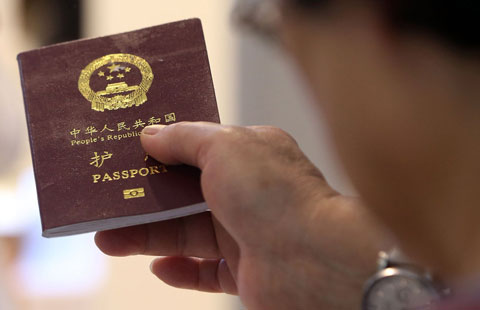
 Chinese passport opens more doors in 2014
Chinese passport opens more doors in 2014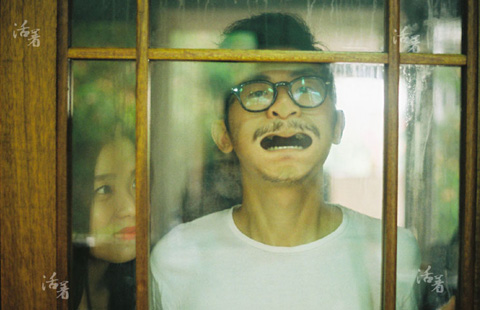
 China faces: Glimpses of life and love
China faces: Glimpses of life and love
 Top 10 favorite gift brands of rich Chinese women
Top 10 favorite gift brands of rich Chinese women
Most Viewed
Editor's Picks

|

|

|

|

|

|
Today's Top News
China: Climate focus should be on Paris deal
Climate change agenda marches on, despite its obstacles
Baidu expected to take stake in Uber
Industry observer expects $60 crude to hold
China, US to tap trade, investment potential
Chinese brands face overseas challenges
Goal: coal to synthetic gas
Despite sales slump, fast food moves ahead in China
US Weekly

|

|







